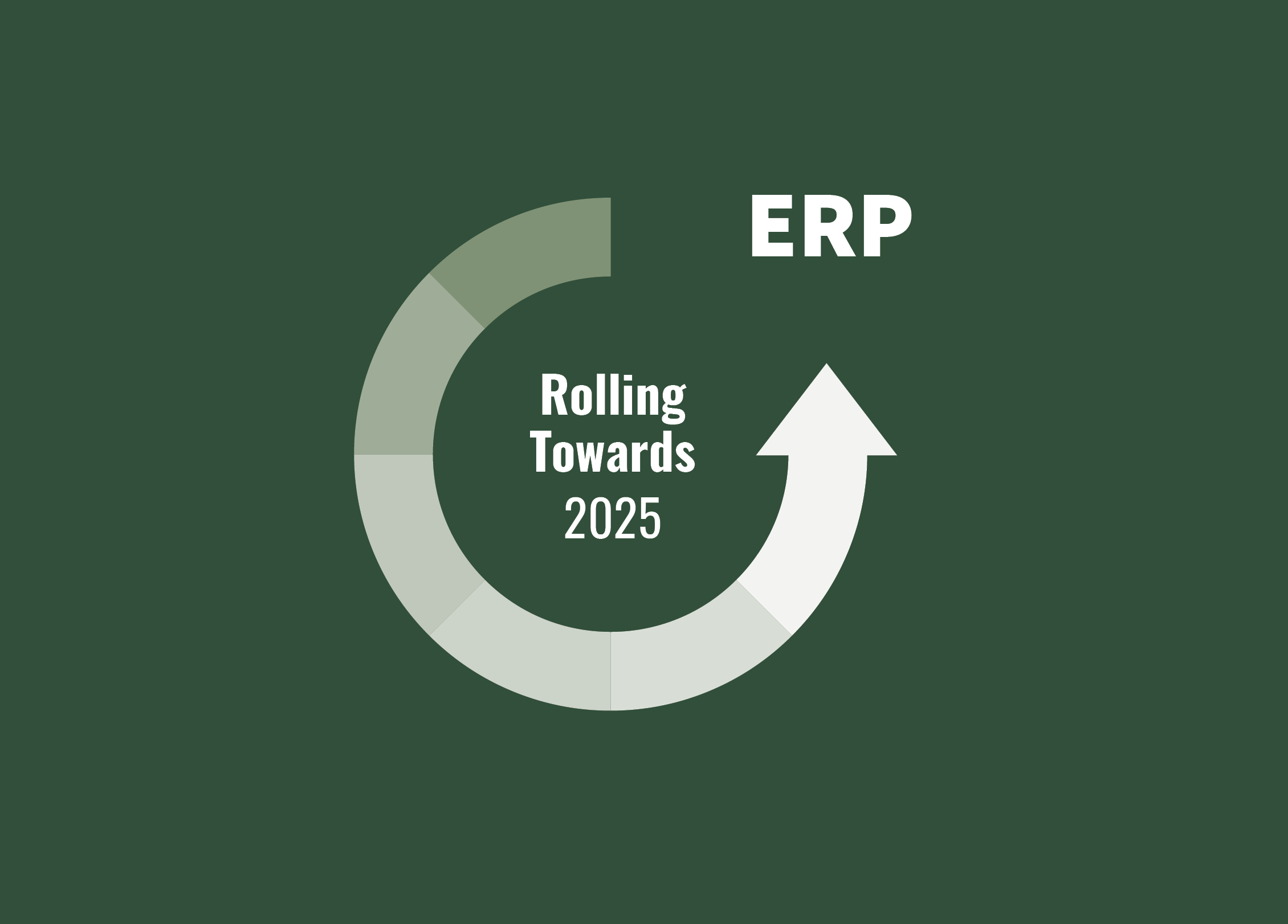
TAPPING INTO THE DATA MINE
6. RAISE IT CAPABILITIES
Group IT at Scandinavian Tobacco Group is working to bring together and standardise the company’s most critical data. This resource, and the ease with which it can be used, will enable business benefits across the organisation.
Imagine what you could do with all of Scandinavian Tobacco Group’s data – from 100 countries and 200 brands – at your fingertips.
Scandinavian Tobacco Group currently has multiple IT systems running across the globe and these are not aligned, making it cumbersome to get an overview of inventory and sales data. With a lack of global data, it is challenging to plan operations, financial reports, analyse trends and plan strategic actions because the hard evidence is limited.
The Group IT team is driving the work in close collaboration with the business, to bring all of these systems into one single platform, building trusted data sets so the business can carry out its own analyses. Employees will be trained in the system and be able to access the data directly, meaning they save time by not having to go through an IT or data expert each time they want to look at a trend, generate a report or carry out an analysis.
“I want to evolve and mature a global and unified data-centric culture in Scandinavian Tobacco Group, where organisational performance is clearly defined, measured and analysed through trusted data,” says Rasmus Drejer Vienberg, who joined Scandinavian Tobacco Group in 2019 as Head of Information Management.
Single source of truth
There are five key objectives, required to establish the data-centric culture in Scandinavian Tobacco Group fully: appropriate management of master data, establishment of a global data warehouse where it is held, making the data available as a service to the business, define global performance indicators and establishing a centre of excellence to make continuous improvements (see box for more).
It is very clear to Claire Carjuzaa, Senior Vice President, Integrated Planning Europe & Export, how an improved and centralised data system will bring benefits in a number of specific areas related to the Group’s supply chain.
The company will be able to maintain lower inventories as visibility increases, and it will be clearer which products are needed and where. This will free up working capital and drive cash generation. It will also facilitate a performance culture, because the relevant data will be retrieved in key performance indicators (KPIs).
In short, it will cut out discussion about the availability and the quality of the data, because everyone will know it is correct – the “single source of truth”.
“It will be a great enabler for our day to day business – driving speed and quality,” says Carjuzaa. “The right master data management and interfaces will save us a lot of time, and provide better visibility of the data, improving decision making. This is about end-to-end visibility, in and out of our organisation.”
From local to global
The benefits will extend across the business. For example, with global consolidated data on the lowest granular level, the finance team will have full transparency through all systems. This and inventory planning will be the first parts of the business to use the new global database.
“The company is very focused on acquisitions and growth, so essentially processes and global IT systems have lagged behind. To accelerate us to the next level, we need to create a data driven culture, enabling us to take another step forward by working and planning more efficiently, and thus contribute to improved results for the business,” says Kenneth Messerschmidt, Chief Information Officer.
“It’s a huge cultural change to a more global mindset, from what has for many years been locally focused.




